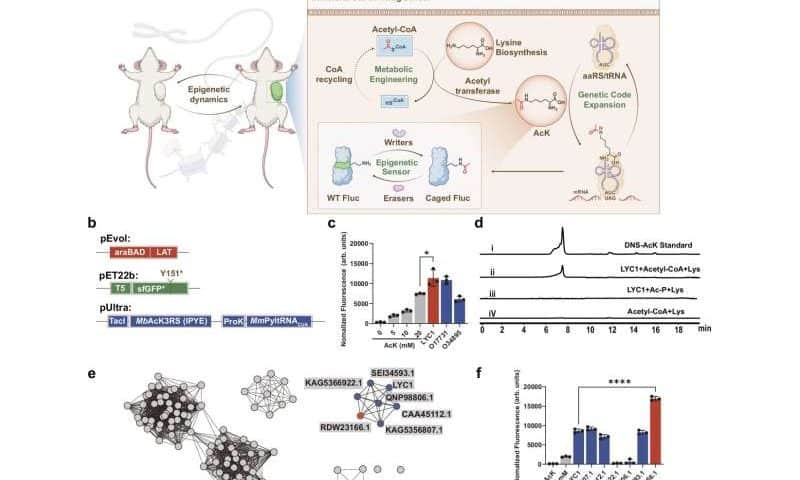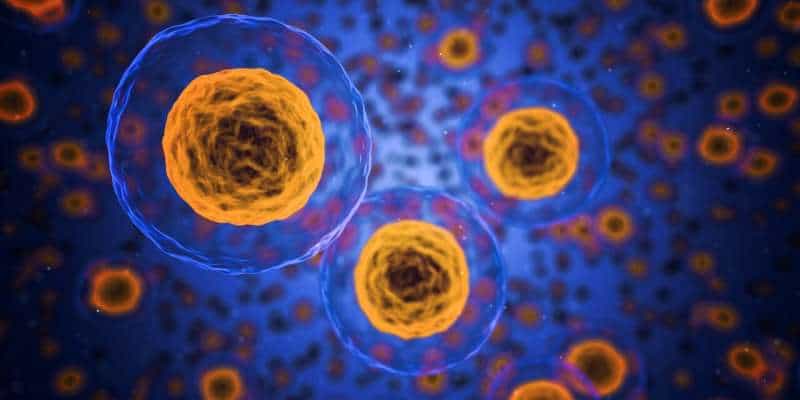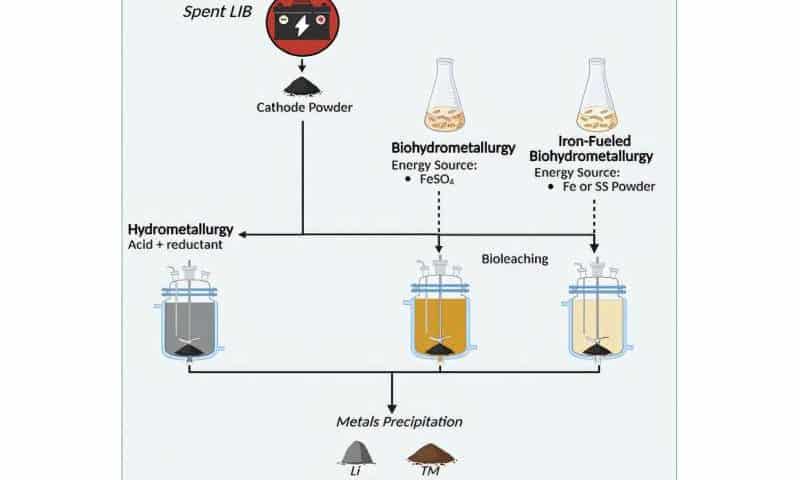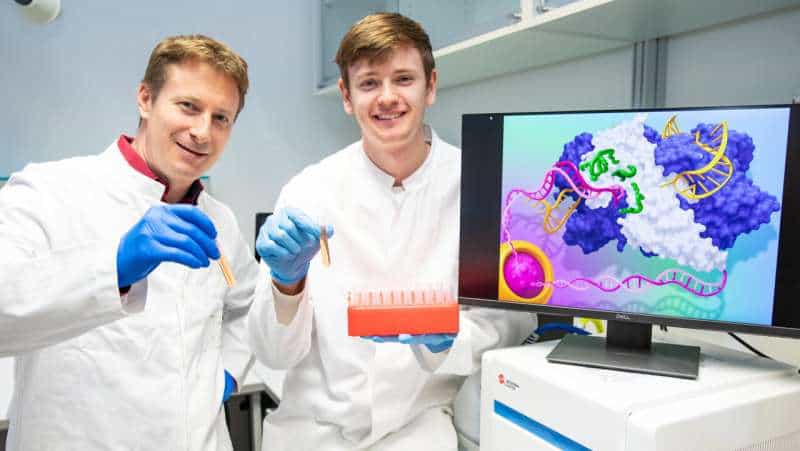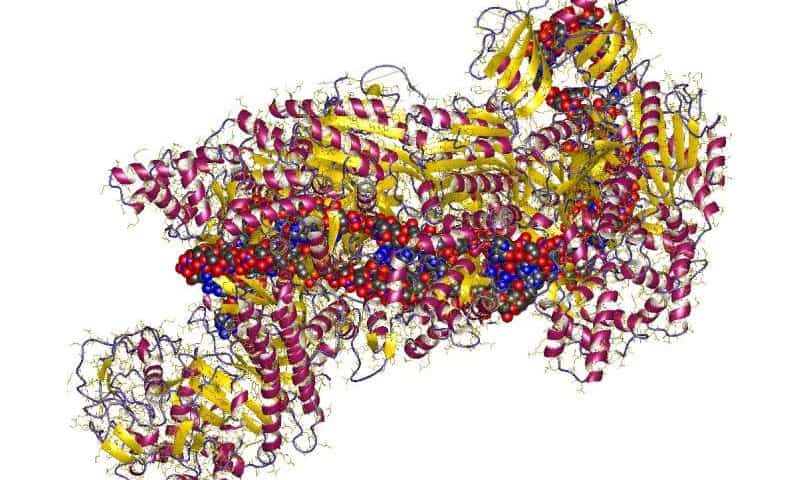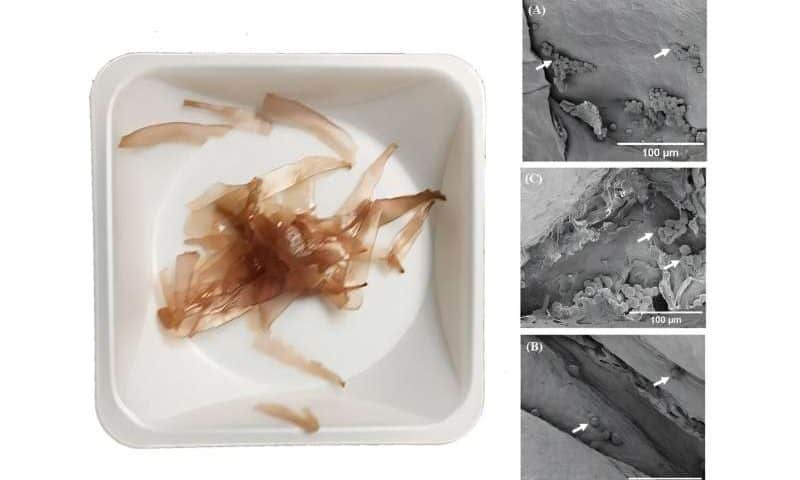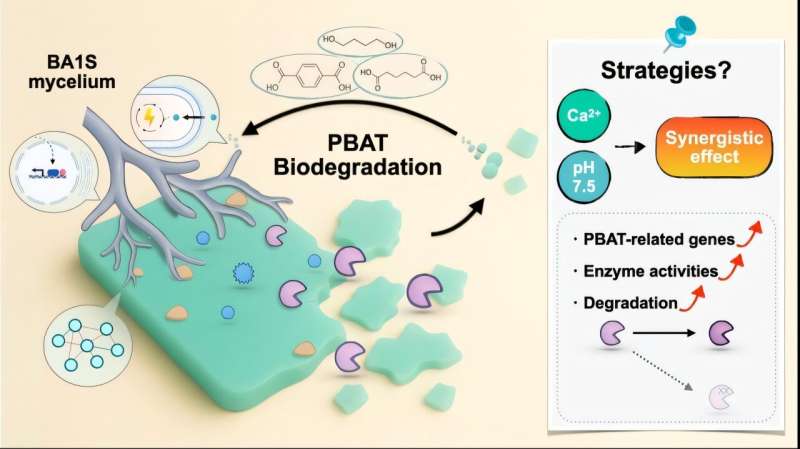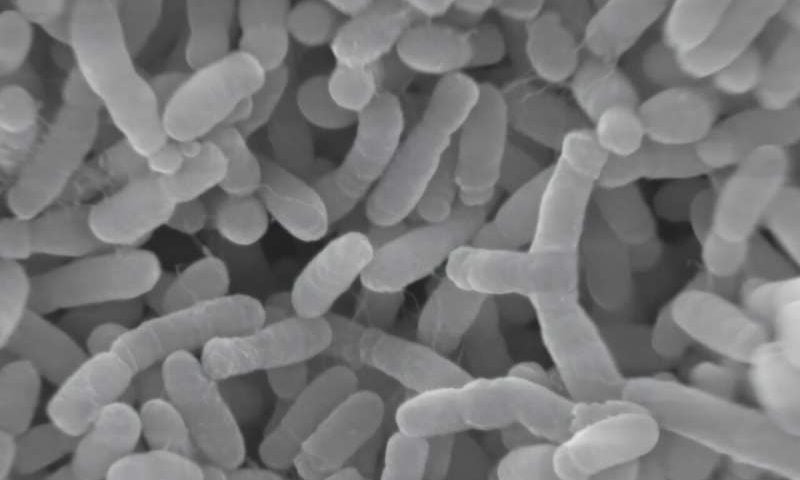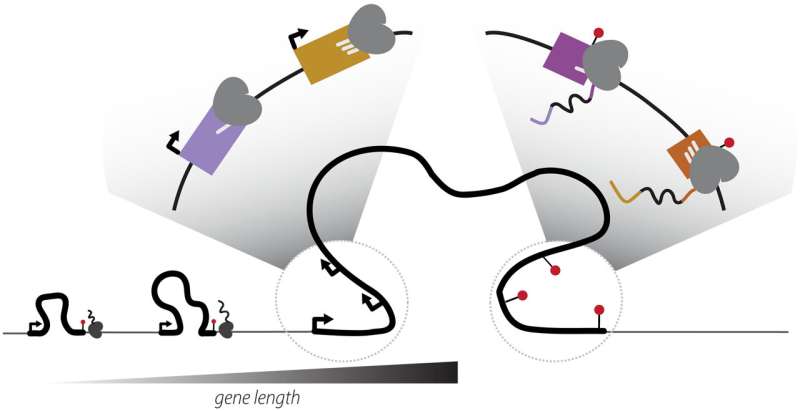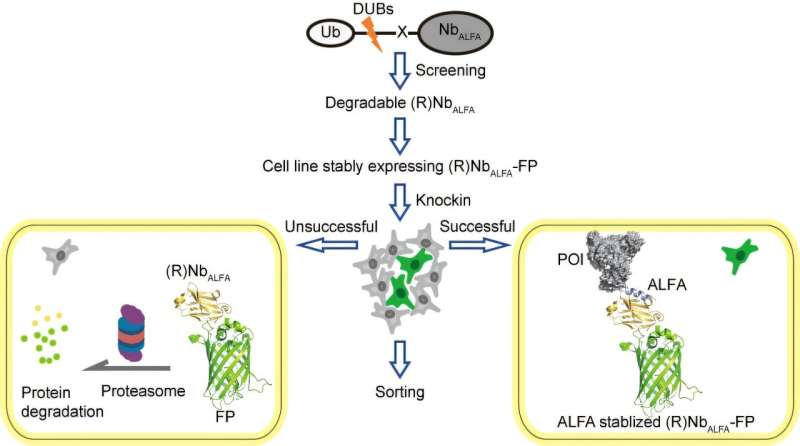Glowing amino acid sensors track cellular changes as they happen
Researchers at Rice University have engineered living cells to use a 21st amino acid that illuminates protein changes in real time, providing a new method for observing changes within cells. The technique is effective in bacteria, human cells and live tumor models, making it possible to study complex diseases like cancer more ethically.
The findings appear in Nature Communications.
This breakthrough addresses a long-standing challenge in biology: tracking subtle protein changes, known as post-translational modifications (PTMs), within living systems. These modifications act like on/off switches for various processes, including growth, aging and disease. Rather than breaking open cells or using disruptive techniques, the research team engineered cells to produce a glowing version of lysine. When these switches are activated, the glow provides real-time visibility, offering scientists a new perspective on the inner workings of life.
“This system lets us see the invisible choreography of proteins inside living cells,” said Han Xiao, the study’s corresponding author, professor of chemistry, bioengineering and biosciences and a Cancer Prevention and Research Institute of Texas Scholar. “By equipping cells with the tools to produce and sense a new amino acid, we unlock a direct window into how PTMs drive biological processes in living animals.”
Chromophoric proof of concept
The initiative began with the hypothesis that giving cells the ability to autonomously produce and use a 21st amino acid would outperform traditional methods that depend on feeding cells large quantities of synthetic labels.
The research team identified and harnessed enzymes to produce acetyllysine within the cells. The team then genetically engineered bacteria and human cells to incorporate the acetyllysine into proteins at specific sites. Reporter proteins such as a fluorescent protein or an enzyme emit light when PTMs are added or removed, validating the system’s effectiveness for real-time tracking.
“This innovative method goes beyond previous approaches by eliminating the need for external chemicals and allowing us to watch protein changes happen naturally inside living cells,” Xiao said.
PTMs and cancer research
As a demonstration of its capability, the researchers used the sensors to study the deacetylase SIRT1, a posttranslational regulator that plays a role in modulating inflammation and has long been debated in cancer biology.
Inhibiting SIRT1 blocked its enzymatic activity, but contrary to some expectations, did not impede tumor growth in certain cell lines.
“Seeing a glow in response to acetylation events inside living tissue was thrilling,” Xiao said. “It makes the invisible world of protein regulation vividly observable and opens new possibilities for studying disease mechanisms and drug actions.”
Broader applications and future outlook
The engineered cells could reshape how scientists study PTMs in areas like aging and neurological disease. Because they work in living organisms, they can track disease or treatment in real time, and their light-based signals are well suited for large-scale drug screening targeting PTM-regulating enzymes.
Future enhancements may extend this approach to other types of PTMs or human-derived organoid systems, increasing the platform’s relevance for personalized medicine and providing deeper insights into cellular regulation.
“With this living sensor technology, our research offers an innovative tool that illuminates the dynamic world of PTMs, promising to reshape our understanding and treatment of diseases rooted in protein regulation by transforming invisible molecular signals into visible biological narratives,” said Yu Hu, the study’s first author and postdoctoral researcher at Rice.
Co-authors of this study include Rice’s Yixian Wang, Linqi Cheng, Chenhang Wang, Yijie Liu, Yufei Wang, Yuda Chen, Shudan Yang, Yiming Guo, Shiyu Jiang and Kaiqiang Yang.

